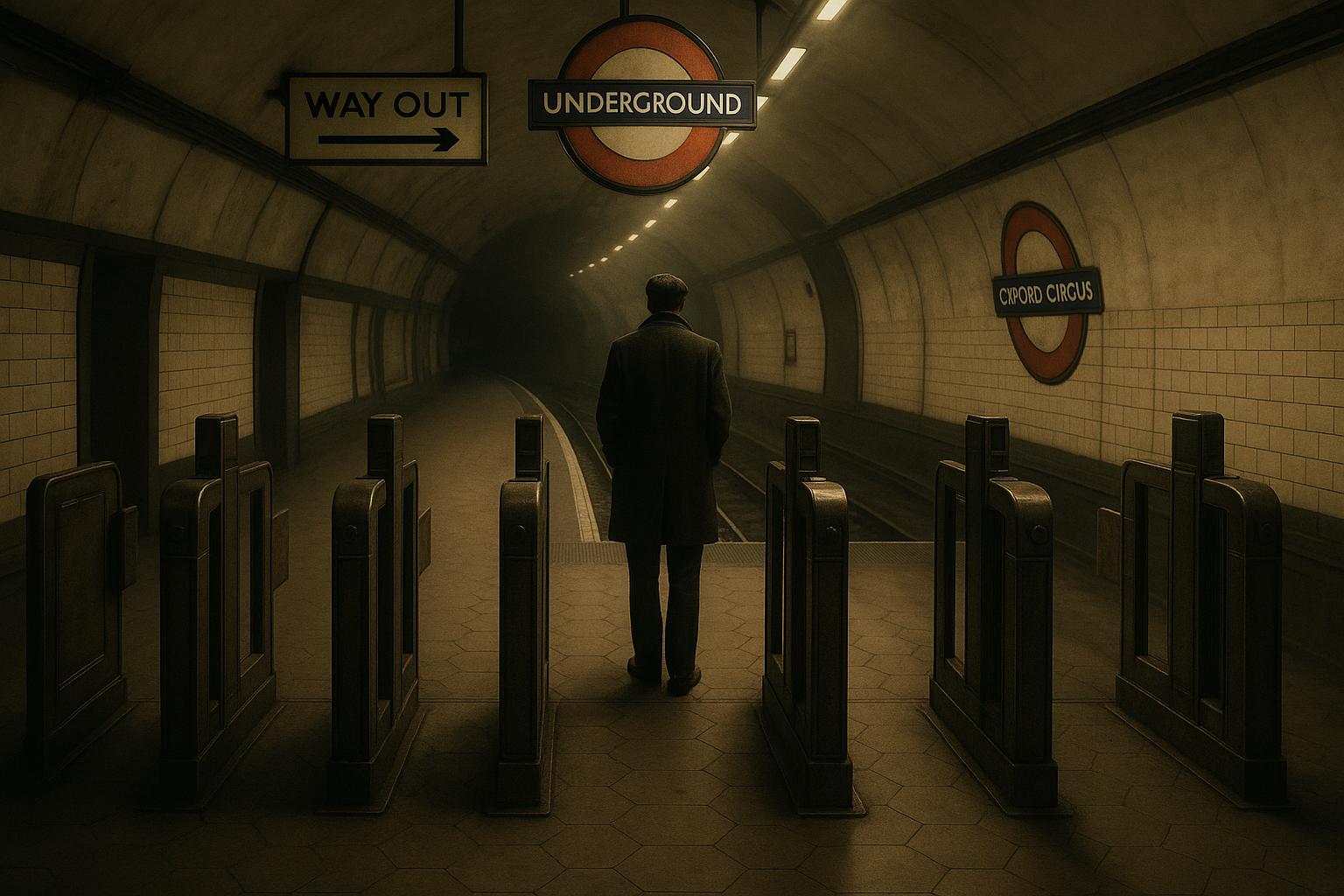In London’s railway history, women-only carriages once formed a distinctive feature aimed at protecting female passengers. The practice dates back to the 19th century, with the South Eastern Railway instituting a rule in the 1850s to reserve a carriage for women upon request. By the early 20th century, railway companies like Great Western Railway actively promoted these compartments, with guards informing unaccompanied women of their availability. These carriages, marked by green signs in contrast to red smoker sections, were common until the mid-20th century when the rise of open plan carriages and social changes made them less practical and less visible. British Rail phased out the remaining women-only compartments in 1977, marking the end of this long-standing tradition which was met with mixed feelings, as some women found the compartments unpopular despite their protective intentions.
Nearly five decades after their abolition, the debate around women-only spaces on public transport has resurfaced in London. Camille Brown, a 21-year-old student at University College London, has launched a campaign advocating for women-only carriages on the London Underground. Her petition, which rapidly amassed over 12,000 signatures, calls on Mayor Sadiq Khan and Transport for London (TfL) to introduce at least one dedicated women-only carriage on every tube line. Brown highlights a growing concern about harassment on public transport, a sentiment echoed by a recent Girlguiding survey revealing that more than half of girls and young women aged 11 to 21 feel unsafe travelling alone on such networks. The issue has only intensified with TfL reporting 2,671 sexual offences across its services between 2023 and 2024, a 10.5% rise from the previous year, though unreported cases may further increase this figure.
Despite public support, TfL has expressed a firm stance against introducing gender-segregated carriages. Siwan Hayward, TfL’s director of security, policing and enforcement, emphasised a commitment to working closely with the police through intelligence-led operations aimed at targeting offenders and hotspots, rather than adopting women-only carriages. Hayward described women-only carriages as an unsupported measure, prioritising instead the use of policing to make the transport network hostile to offenders.
The notion of women-only carriages is not new nor unique to the UK. Countries such as Japan and Brazil have long implemented such measures, with Japan introducing them in the early 2000s to combat harassment on trains. These carriages are often marked with distinctive pink or purple signs and floor markings to identify them clearly. However, the concept remains contentious. Critics argue that segregating carriages may represent a superficial or "gimmick" solution that fails to engage with the underlying issues of male behaviour and societal attitudes toward women. Some commentators voice concerns that women-only spaces could become targets for harassment themselves or create further divisions within society, calling instead for systemic cultural shifts and improved safety measures across all transport facilities.
The history of women-only rail carriages in Britain reflects these complexities. Initially welcomed by some but often disliked by others, these carriages were gradually phased out due to practicality and changing public attitudes. Today’s discussions echo the past tensions around balancing safety, equality, and practicality on public transport. Debates continue over whether gender-segregated carriages are a step forward or a distraction from broader social problems, showing that ensuring women’s safety on public transport remains a challenging and multifaceted issue demanding comprehensive solutions beyond carriage segregation.
📌 Reference Map:
- Paragraph 1 – [2] (History Today), [6] (History Today)
- Paragraph 2 – [1] (Daily Mail), [4] (The London Economic)
- Paragraph 3 – [1] (Daily Mail)
- Paragraph 4 – [1] (Daily Mail), [4] (The London Economic)
- Paragraph 5 – [1] (Daily Mail)
- Paragraph 6 – [3] (Lib Dem Voice), [5] (Lib Dem Voice), [7] (Lib Dem Voice)
- Paragraph 7 – [2] (History Today), [6] (History Today), [1] (Daily Mail)
Source: Noah Wire Services
